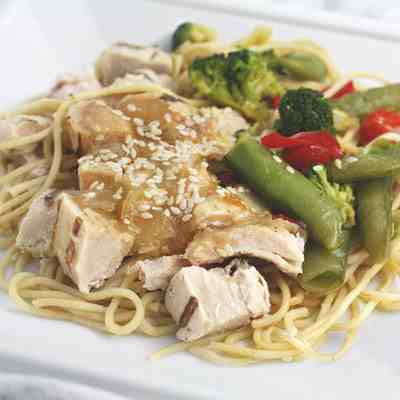Which Foods are High in Potassium?

If you have advanced chronic kidney disease or are on dialysis, you've likely been told to limit your potassium intake. Here, we list the most common high-potassium foods, so you can better understand what you're eating.
Potassium Levels
When most people think of potassium, they immediately think of bananas. However, meat, poultry, fish, and dairy products also contain high potassium levels, depending on their portion size. For example, one 6oz steak has 468mg of potassium, compared with approximately 420mg in a banana!
Potatoes are also a food source of potassium to be wary of – one medium-sized sweet potato contains approximately 855mg of potassium. Instead, opt for yellow squash – a low-potassium food (less than 200mg for ½ cup).
Recommendations on potassium intake levels for individuals on dialysis vary, but generally, patients should not have more than 3,000mg of potassium per day. However, speak with your physician about your requirements.
Hidden Potassium
Potassium can quickly add up in ingredients you don't even consider. Canned fruits and vegetables, for example, contain liquid that is often high in potassium. Make sure to give them a good rinse before eating.
Portion sizes also dictate how much potassium is in a specific food. You could eat a low-potassium food, but if you accidentally eat two serving sizes, suddenly, you're over the recommended limit. Be mindful of nutrition labels and their serving sizes.
For a fuss-free dinner where you don't have to worry about food potassium content, check out the many dialysis-friendly or renal diet meals on MagicKitchen.com. They all contain less than 700mg of potassium and are delicious!
Cooking Methods
There are ways you can prepare your food that will lower the potassium content. Leaching your vegetables (peeling them, soaking them in water for a few hours, and then boiling them in a large pot) helps reduce their potassium levels. Avoid doing this often, as the foods may still contain a high amount of potassium.
Eating a dialysis-friendly, low-potassium diet can be tricky to navigate, but it just takes a bit of patience and research. If you are struggling, speak with your physician about potassium-rich foods to avoid and what to replace them with.



 INSURANCE CUSTOMERS CLICK HERE!
INSURANCE CUSTOMERS CLICK HERE!
